
Schindler Elevator’s offerings range from passenger elevators suitable for small blocks of apartments to sophisticated transport solutions for skyscrapers. Service elevators ensure the stress-free movement of goods and people in shopping centers, office buildings and railway stations. Bed elevators provide for the smooth and vibration-free movement of patients and equipment in hospitals. In industrial buildings, many of the hoists and small good elevators in use are supplied by Schindler, while glass cabin elevators in tall buildings offer both a novel experience and a feeling of safety. It is hard to imagine public transport without elevators, which are often heavily used and must therefore meet demanding requirements in availability and serviceability.
The company’s research and development facility in Switzerland devises complete elevator systems as well as components for all applications. Here, CAE is used to find reliable and energy-efficient solutions which make the most efficient use of materials. The programs SimXpert and MSC Nastran from MSC Software are used for structural calculations using the finite element method (FE). These are used, for example, to simulate the wall fixings of elevators and determine whether deformations and loadings remain within the permissible range. The resulting design and its verification encompass the guiding system and the cabin, counterweight and drive components. In addition to static (strength) calculations, dynamic and vibration analyses are also carried out with the aid of FE methods. The field of nonlinear FE calculations is also of central significance.
The calculation of bolt forces and weld seam stresses is important in the design and verification of lift structures. This requires an appropriate FE mesh. The weld seams of shell elements must be of uniform size and perpendicular to the edges. The generation of such a mesh is very time-consuming. Templates were therefore created that automate the modeling of bolted joints and weld seams. In the bolts template, two or more plates are connected to beam elements and rigid body elements (RBEs) and holes are produced in the plates (if not already present). As a result, the FE mesh forms concentric circles around the holes. In the weld-seam template, two plates that previously did not have matching meshes are joined. For a T-joint, three different areas are set up.
The stresses in components with beam elements or weld-seam elements are evaluated after the calculation. Considering that there may be 20-30 beam elements and hundreds of weld-seam elements in a model, automating the output of the results is highly desirable. To this end, a template was written in MSC’s SimXpert that reads the stresses from the binary results file from Nastran and outputs them in Excel format. The Excel file includes formulas for further evaluation.
“We use MSC Nastran and SimXpert because an efficient use of CAE tools is now a decisive factor in the development process. We can now ensure that we construct consistent models and also have repeatability in the simulation process. At Schindler, the models process can thus be methodically and centrally structured and made available for use by internal development departments spread across the world, as well as by external service providers. The advantage is that automated processes can help us to model and evaluate a greater number of design variants. This fosters innovation and helps us retain our lead over the competition. It also guarantees standardization of the simulation process and ensures that we are able to continuously improve quality,” explains Werner Moretti of Schindler.

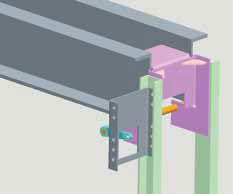
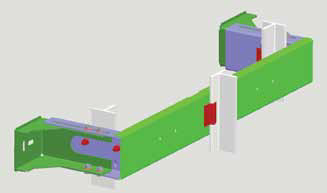
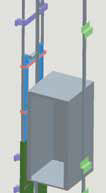
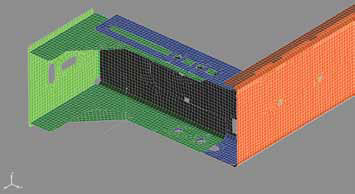
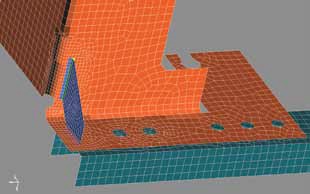




Comments
Ebony Laby
Nice Blog!! The content you have shared is very elaborative and informative. Thanks a lot for sharing such a great piece of knowledge with us.